Rat Rods: rumbly, rusty and turning heads on the roads.
Have you ever seen a rusty beast roar down the street, smoke billowing behind it, and its engine staring you in the face? Maybe it was showing off its patina or wearing a simple, dull shade of grey—nothing much to look at, but a ruler on the road, begging to be driven? If this sounds you familiar, you were probably looking at a rat rod. And how lucky you were. While you may not be able to smell a rat rod, you’ll certainly know when one is coming.
–
Rat rods were born out of “kustom kulture.” While hot rods are cars whose engines are modified for speed and custom cars are automobiles modified for style, the rod is modified for performance and makes no bones about it. Rat rodders aren’t concerned with looking pretty—they want power and lots of it. At its core, the rat rod emulates its predecessors—the early hot rods of the 1940s, 1950s, and 1960s. But, while hot rods are accurate re-creations and restorations of iconic cars, rat rods infuse their own personality into their “beater” base and don’t worry about using all the “right” parts.
–
Rat rod culture identifies closely with the brooding James Dean rule breakers of the 1940s and 1950s—hence the slicked back hair and tattoos you are likely to see on many a rat rodder, with a flame or two thrown in for decoration. Rat rodders often scorn hot rodders’ tendencies to make their cars “garage dwellers.” Rat rodders were born to ride.
While a hot rod is a car you could proudly bring home to meet your parents, a rat rod isn’t an automobile you’d bring on a date. You are meant to drive a rat rod, not show it off. And, sure, like every “bad boy,” the rat rod has its haters.Some rat rodders attribute the car’s origins to the December 1972 issue of Rod & Custom magazine, which featured an article on the “beater,” which many identify as the rat rodder’s predecessor. Others say it was Gray Baskerville’s article in Hot Rod magazine, calling a 1932 Ford roadster painted in primer a “rat rod.” Baskerville confirms his usage of the phrase “rat rod,” though he can’t say if he was the first. He explains that he spun “rat rod” from the term “rat bike,” referring to motorcycles that are put together with just the bare essentials. Indeed, the “gritty” and “unfinished” elements of rat rodding make the cars fairly inexpensive to build—another aspect of their popularity.
The history of “modern day” rat rodding really began back in the late 1980s. The late ’80s was a crazy time when Guns ‘N Roses, L.A. Guns, Ratt, Twisted Sister and Bon Jovi were playing on the radio.
While many rat rods share similar attributes, there is no rules when it comes to finishing your rat rod. Some rat rodders are all about patina—surface rust. Others prefer a simple primer—matte paint in either black or grey. Still, other rat rodders enjoy a healthy mix between the two, and overjoyed when a heap still has its original paint. Forget chrome. You won’t find it on rat rods—that’s a hot rodder’s accessory. And feel free to mix and match your grille, fender, taillights, etc. Rat rods are rule breakers, remember? You may notice that a few rat rods have their axles mounted directly to the frame. That’s to place the car as low to the ground as possible so it literally hugs the road when you drive. Inside a rat rod, Mexican blankets are popular bench decor—a rat rod’s interior is left intentionally bare. Why waste time on gussying it up when the point of a rat rod is to get it on the road?
You can see some nice rat rods examples below:
800 Hp Blown “Hulk” Camino Rat Rod
A Hot Rod, Rat Rod, Trophy Truck, and Road-Worthy Toy All In One
Hauk Designs “Rock Rat” Jeep
The Purple People Eater
Mad Viper Powered 1950 Mercury M47 “MADDMERC”

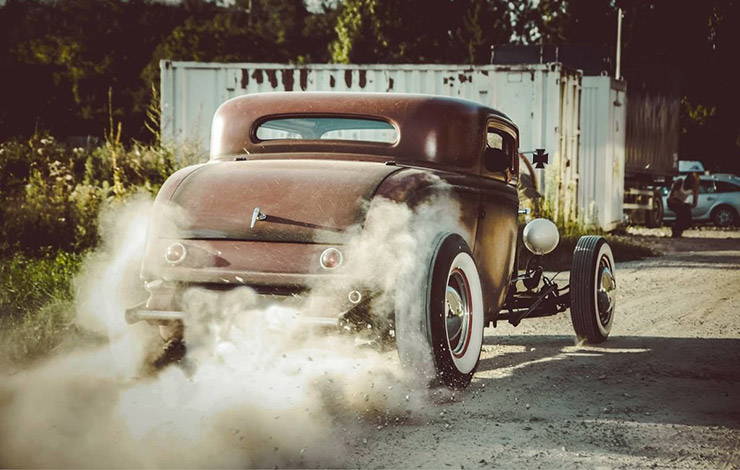
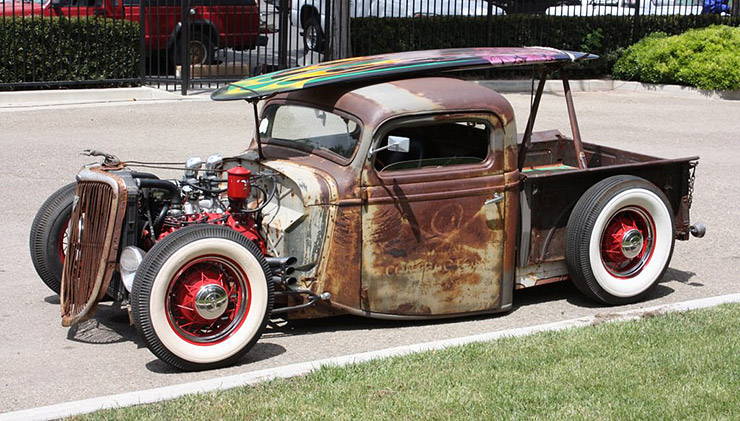
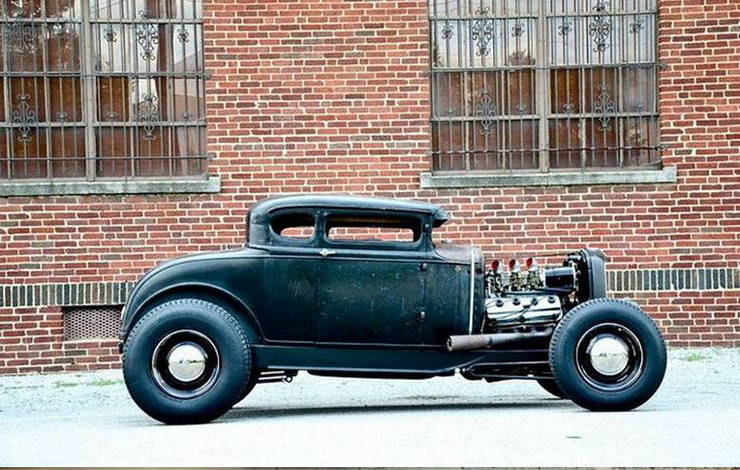
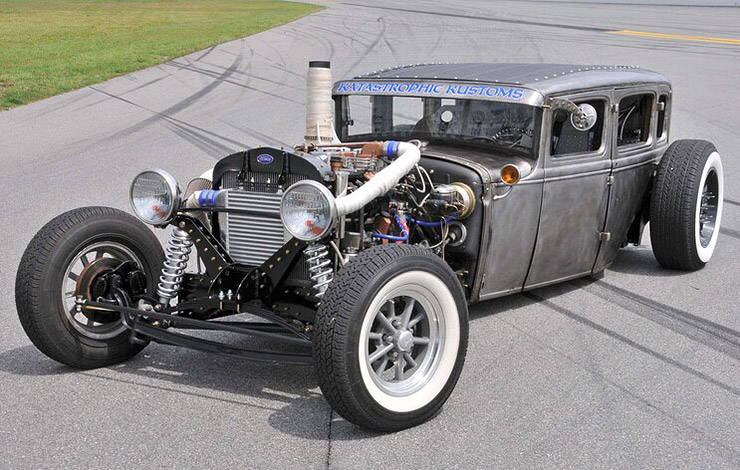
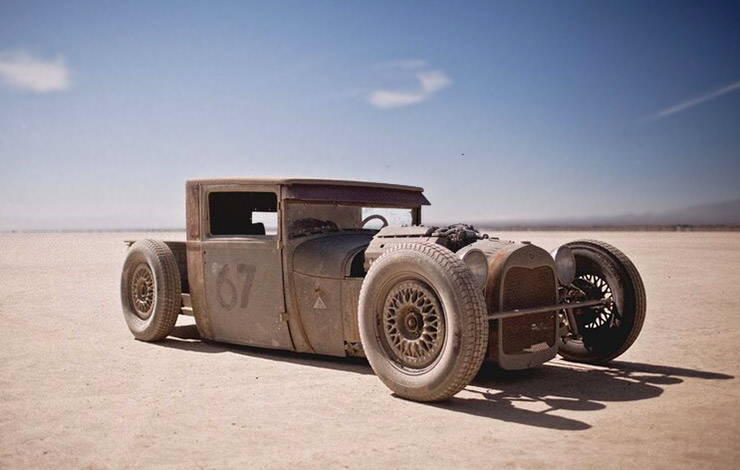
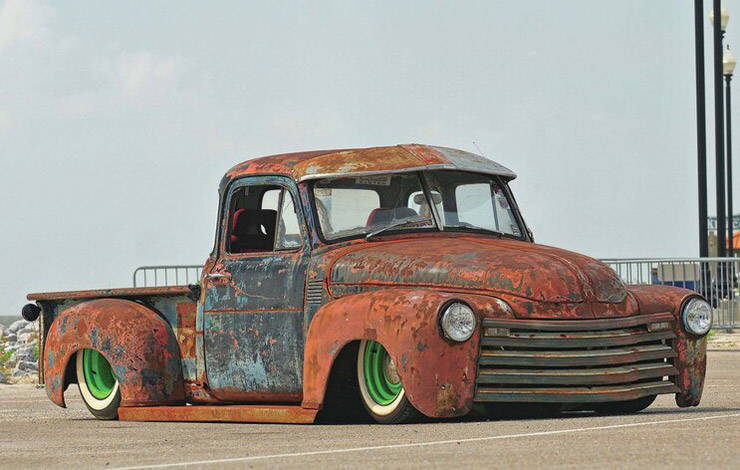
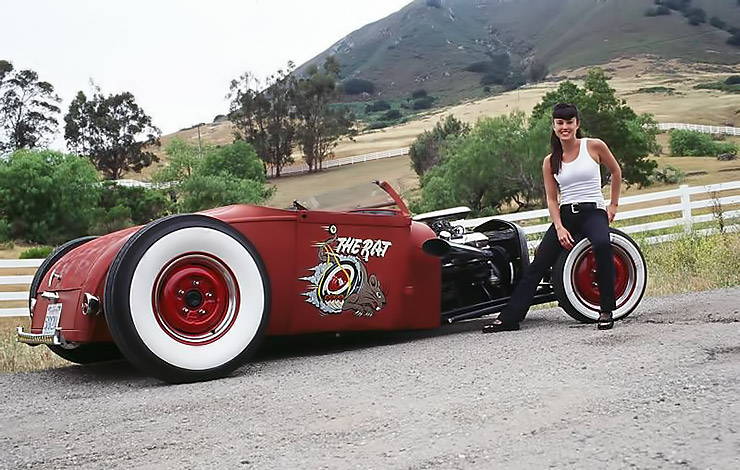











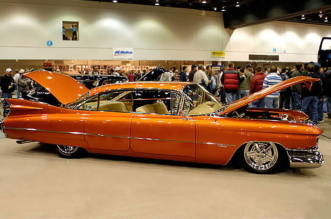
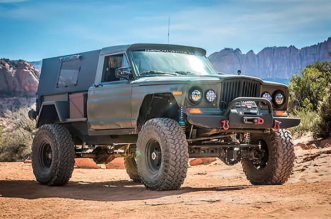









Facebook Comments